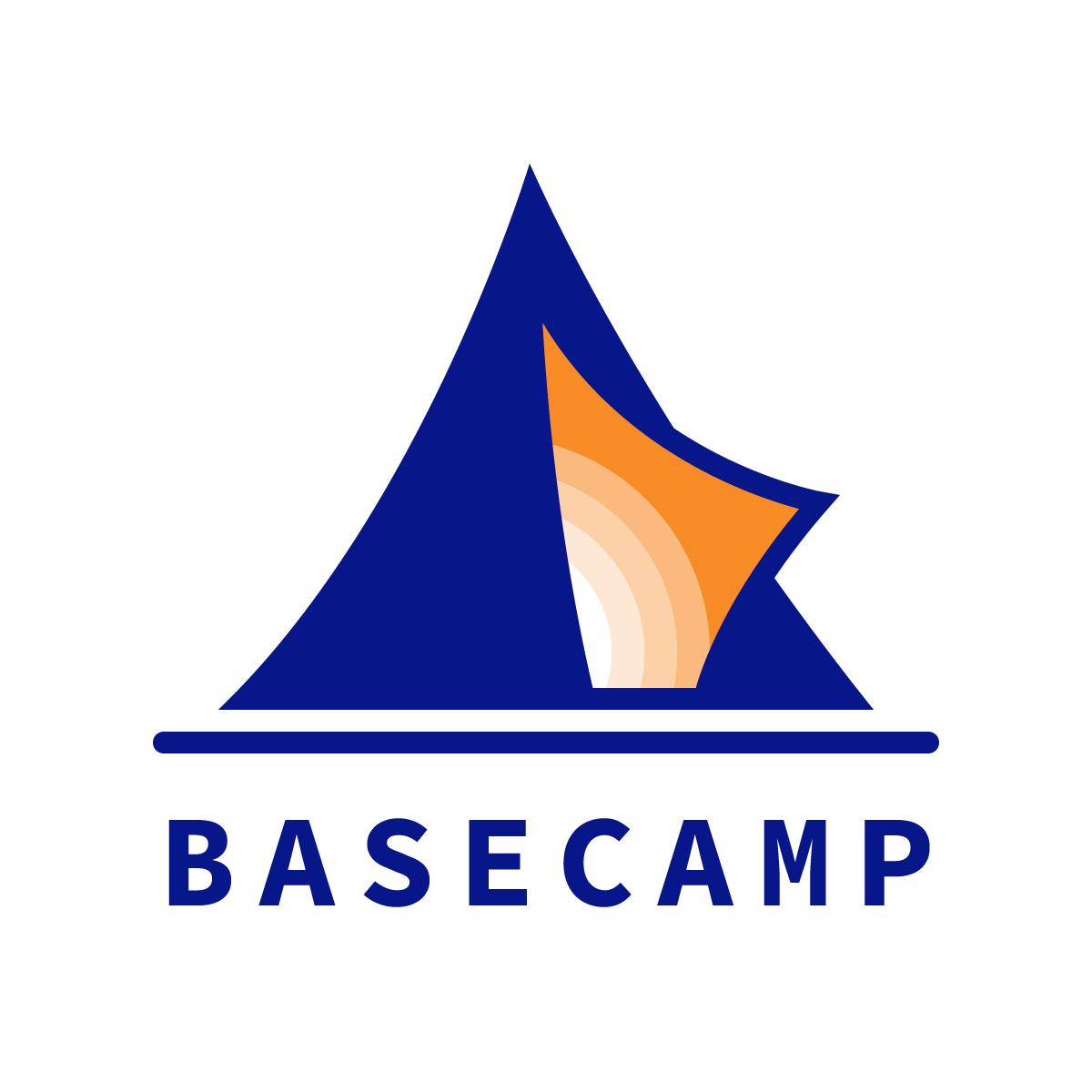Future of Learning Top Reads for week of Nov 23 2020
“How Southern New Hampshire is getting tuition to $10K per year,” by Paul LeBlanc, in EducationDive
“We hope to have between eight and 10 programs at $10,000 for the September 2021 rollout, with a second, larger wave of programs in the following year. We even imagine being able to offer some students the opportunity to live on campus and have a coming-of-age experience but take all of their courses online. The key will be options. Options that are not just affordable, but well-designed and effective in their own right. Any student in one program option must feel their experience is the equal of students in another program option, even if quite different.”
Why does this matter to the future of learning?
Over the last decade, SNHU built one of the largest and most successful online universities. Enter COVID-19, and fortune favors the prepared—SNHU is now poised to take that “debugged” product and integrate it into a new approach to the on-campus experience.
Whereas their 100% online platform primarily enrolled adults age 25 and above, this new product appears aimed at the 18-22 year old crowd. SNHU’s essential insight? That these adolescents still need to undergo a “coming of age,” which cannot be done online.
This would be not just an evolution in product, but an evolution in business model for higher ed.
…but coming of age may be in tension with…
***
“After the Pandemic, a Revolution in Education and Work Awaits,” by Tom Friedman, in the New York Times
“Finally, he argues, in the future, postsecondary education will be a hybrid ecosystem of company platforms, colleges and local schools, whose goal will be to create the opportunity for lifelong ‘radical reskilling.’ […]
“Today, companies like Infosys, IBM or AT&T are all creating cutting-edge in-house universities — Infosys is building a 100-acre campus in Indianapolis designed to provide their employees and customers not ‘just-in-case learning’ — material you might or might not need to master the job at hand — but ‘just-in-time learning,’ offering the precise skills needed for the latest task, explained Kumar.
“In the future, lifelong learning will be done by what I call ‘complex adaptive coalitions.’ An Infosys, Microsoft or IBM will partner with different universities and even high schools, argues Kumar. The universities’ students will be able to take just-in-time learning courses — or do internships — at the corporations’ in-house universities, and company employees will be able to take just-in-case humanities courses at the outside universities. Both will be able to ‘learn, earn and work,’ all at the same time. It’s already beginning.”
Why does this matter to the future of learning?
If high school graduates will be entering a “hybrid ecosystem” in which they will take college classes while doing internships and learning through a corporate partner, “coming of age” will look very different than it did for the previous generation.
“Coming of age” involves not only developing a sense of identity and agency, but also purpose. In that context, high school will become increasingly important as the place where schools create the conditions for adolescents to internalize the 4 Big Questions.
***
***
Thank you for reading this post from Basecamp's blog, Ed:Future. Do you know someone who would find the Ed:Future blog worthwhile reading? Please let them know that they can subscribe here.



